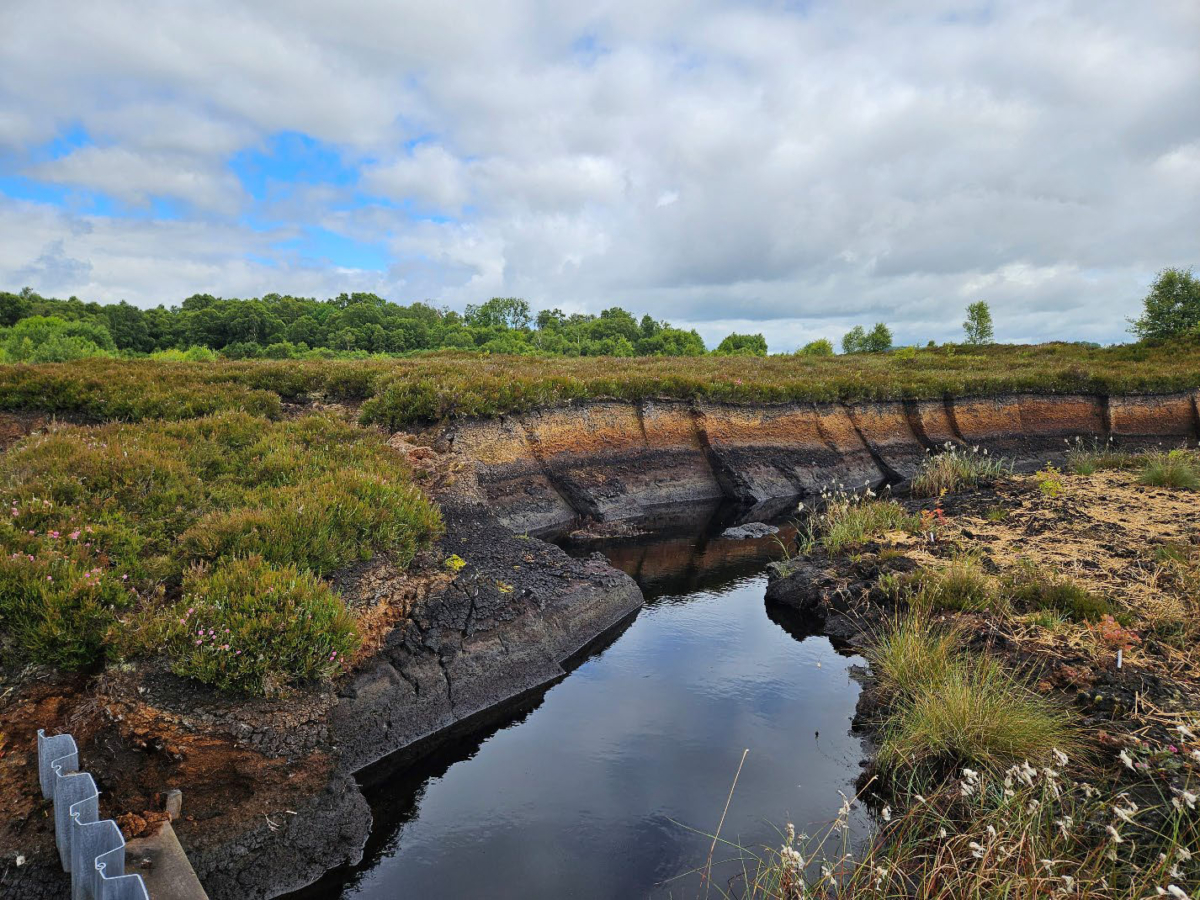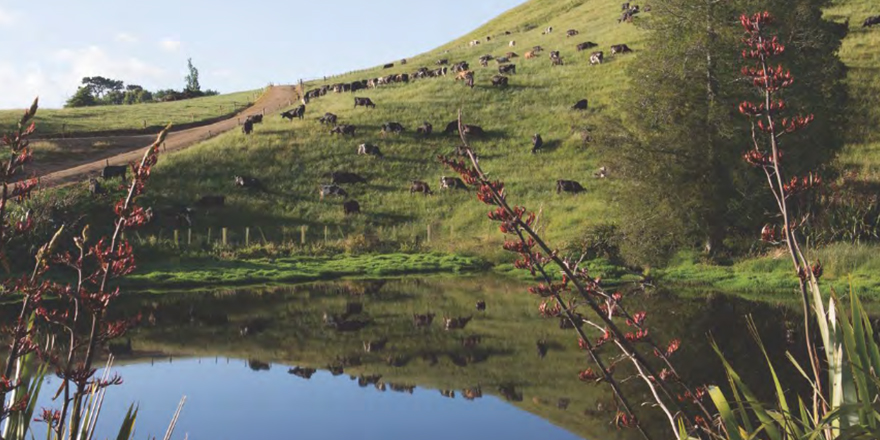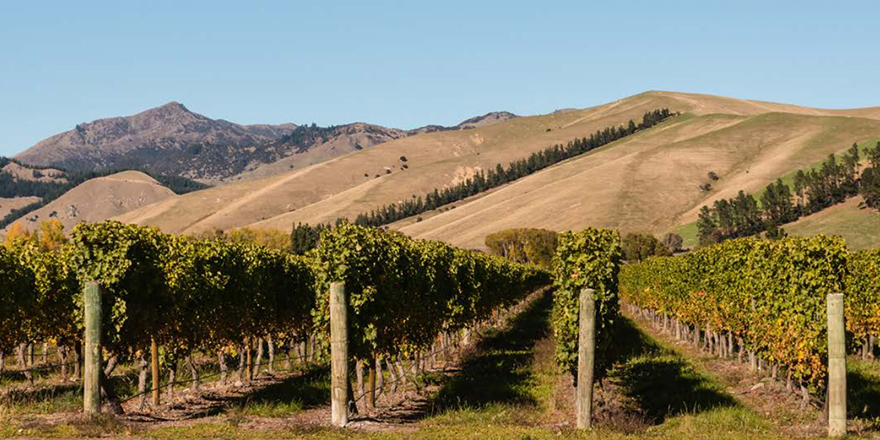Peatlands might look like the scruffy margins of New Zealand’s landscape, yet these water-logged soils are anything but marginal. Although they cover barely one percent of Aotearoa, they warehouse roughly 20 percent of the nation’s total biomass carbon – part of a global system that stores more carbon than all the world’s forests combined. Drain them, however, and the peat shrinks and oxidises, emitting CO₂ and nitrous oxide. Recent estimates suggest that drained peat already contributes up to seven percent of New Zealand’s greenhouse-gas inventory. Put simply, landscapes that should be carbon vaults are leaking fast – and some of our biggest customers have noticed, with companies like Nestlé now asking suppliers to avoid peat-related emissions.
With more than 90 percent of our original wetlands already drained or degraded, the challenge is clear: how do we stop the loss without undermining farm profitability or rural livelihoods?
One answer is paludiculture – production systems purpose-built for permanently wet soils. By cultivating raupō, harakeke, sphagnum moss and other water-tolerant species, landholders can keep peat saturated while generating fibre, construction materials, substrates and, potentially, carbon-credit income. International evidence is compelling: rewetted dairy pastures in northern Germany and wet-farming pilots in England’s Cambridgeshire Fens are just a few examples showing that, with supportive policy and market signals, “peat-positive” enterprises can be both profitable and resilient.
This report also underscores that peatlands – repo – are taonga for Māori. For generations they have provided kai, rongoā and weaving fibre, and their cultural narratives are embedded in the whenua. Successful restoration therefore hinges on genuine co-design with mana whenua, blending mātauranga Māori with ecological science.
Restoring peatlands under paludiculture offers a practical pathway to reduce agricultural emissions while keeping land productive. By scaling up sustainable
management practices, New Zealand can balance economic growth with its climate commitments.
Momentum is building – stronger wetland rules under the National Policy Statement for Freshwater Management and dozens of pilot projects are already under way. Yet this report calls for a further step-change. It urges decision-makers to treat peatlands as critical national infrastructure – carbon banks, biodiversity reservoirs and cultural landscapes worthy of sustained investment.
The bottom line is clear: the science, tools and precedents already exist; the missing ingredient is collective will. Reframing peatlands as essential ecosystems is vital to cutting emissions, improving freshwater quality and protecting native species. This report concludes with a challenge: keep the ground wet on purpose and transform the future of peatland management.
Keywords for Search: Jenna Smith, Genna





